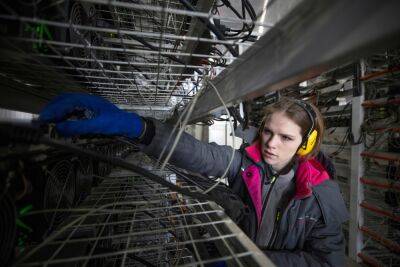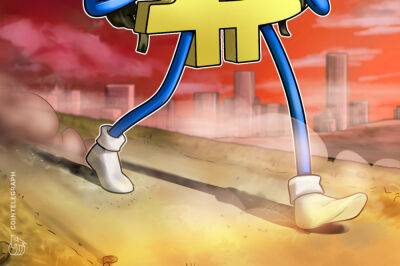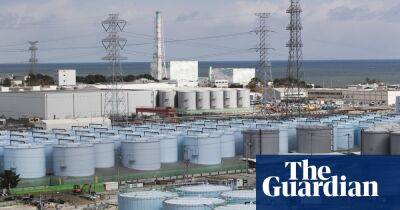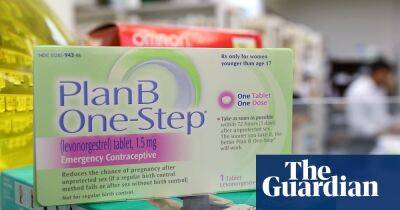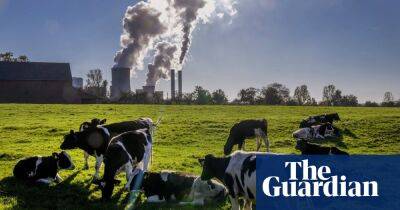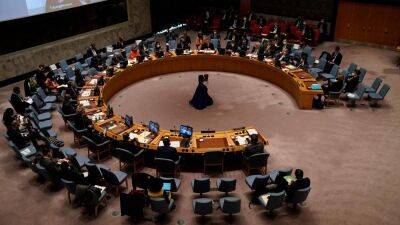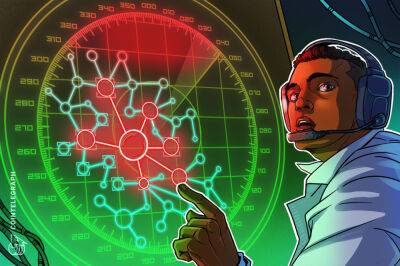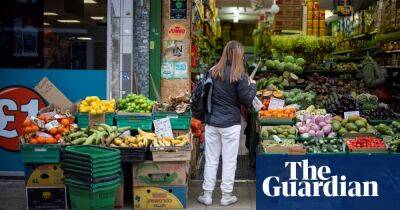Our global food supply is at risk when high gas prices limit the creation of fertiliser
If water is the source of life, fertiliser is the source of scaleable food production.
The increasing cost of fertiliser is one of the largest contributors to a “cost-price” squeeze affecting the farmers of major agricultural products in Australia and globally.
The cost of food is increasing in step with the cost of producing that food and, in the past quarter in Australia, we have seen food inflation increase by 2.8% – the fourth-highest quarter since the turn of the century.
The price of wheat, the main staple for much of the world’s population, has increased 61% year-on-year. But while the outputs are increasing, so too are the inputs. Incomes will be strongly improved in 2022, but margins may not substantially increase.
In many other parts of the world, there are concerns relating to the transparency of fertiliser pricing. Australia has no openly published fertiliser pricing. As analysts, we get around this by producing a modelled price to show Australia’s fair-value/replacement value. This shows that the price of fertiliser has risen 107% during the past year, not including importer margins.
Over the next year, farmers will examine their cost structures and decide how much fertiliser to apply. If they opt to use less, we will start to see the potential yields of major crops decrease.
This could be a big concern for the global food supply chain.
Until the start of the last century, fertiliser consisted of composted manure from livestock or harvested guano (bat faeces).
The Haber-Bosch process, a method of directly synthesising ammonia from hydrogen and nitrogen, changed all that. But the creation of synthetic fertilisers requires a large amount of energy produced through the use of natural gas or coal. Globally, the
Read more on theguardian.com


